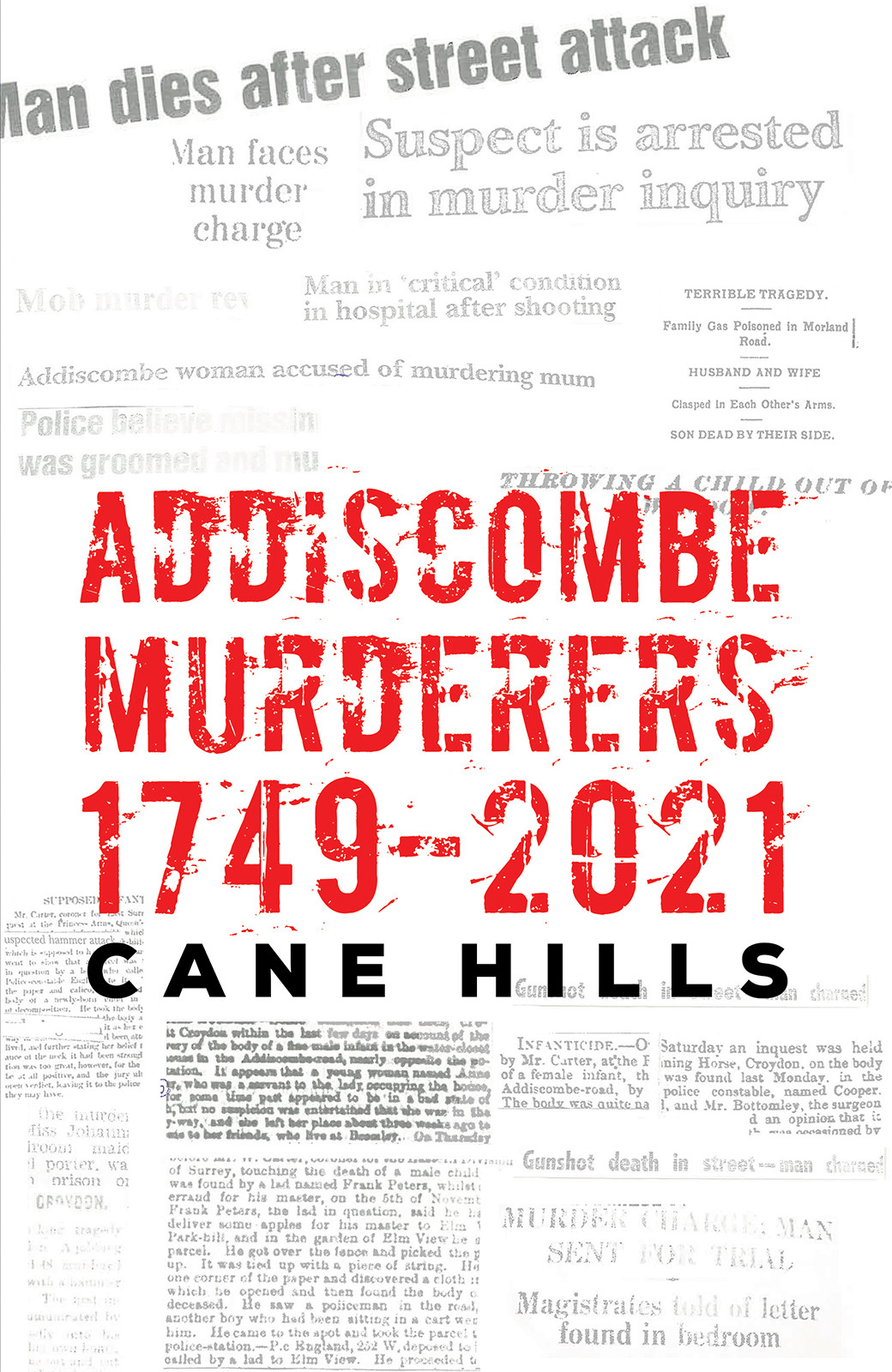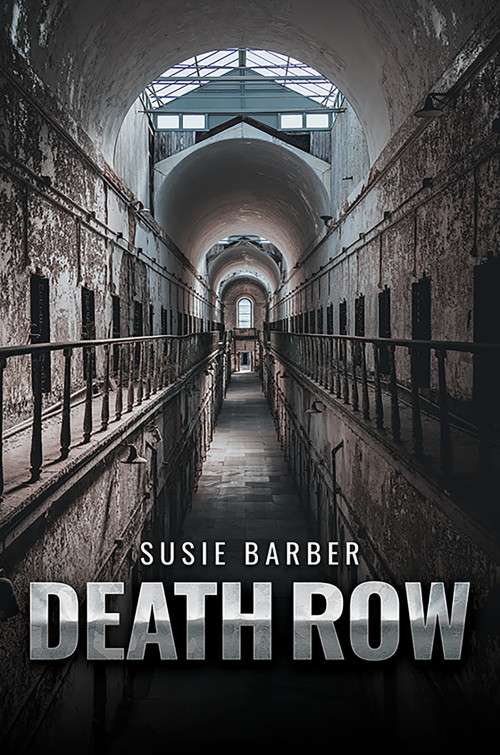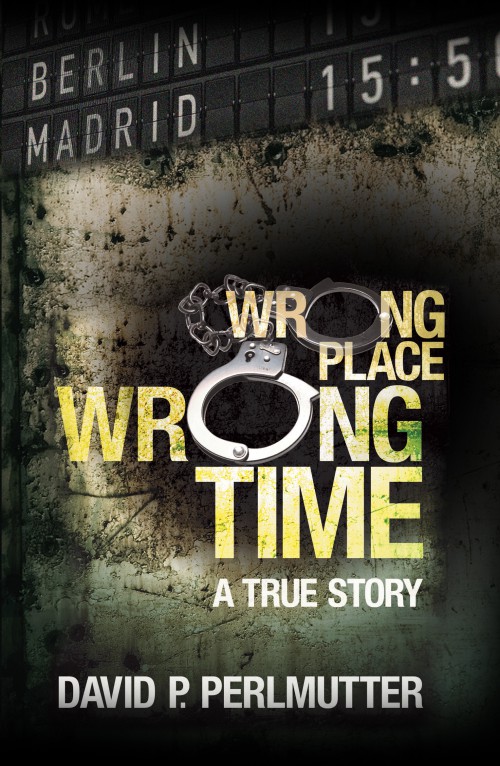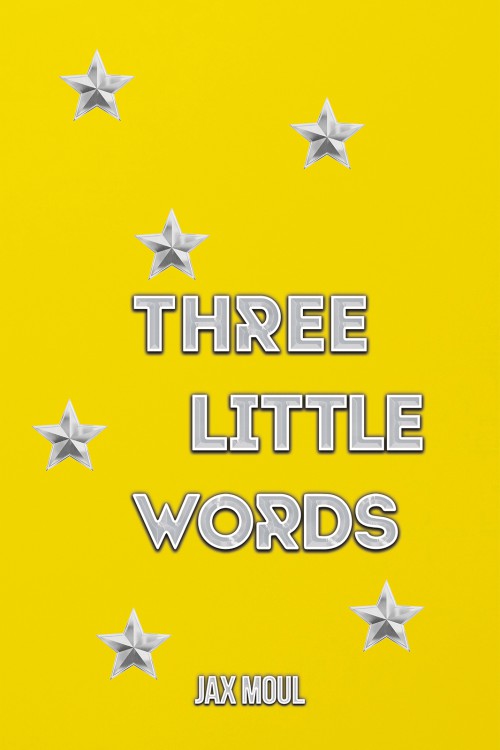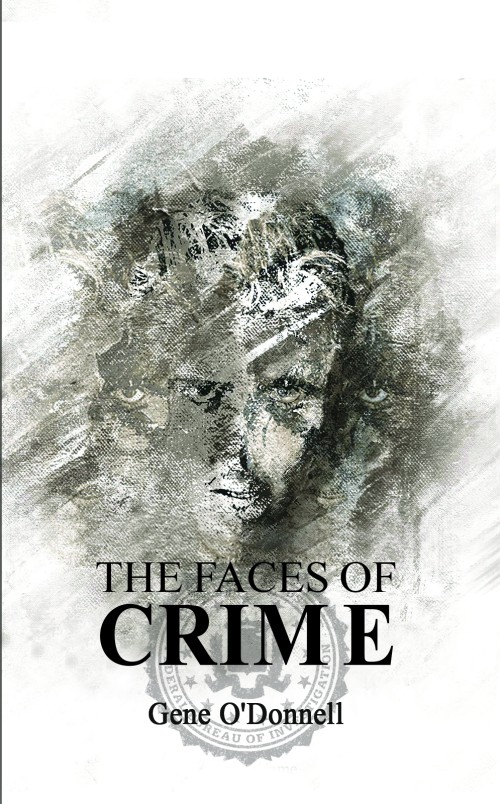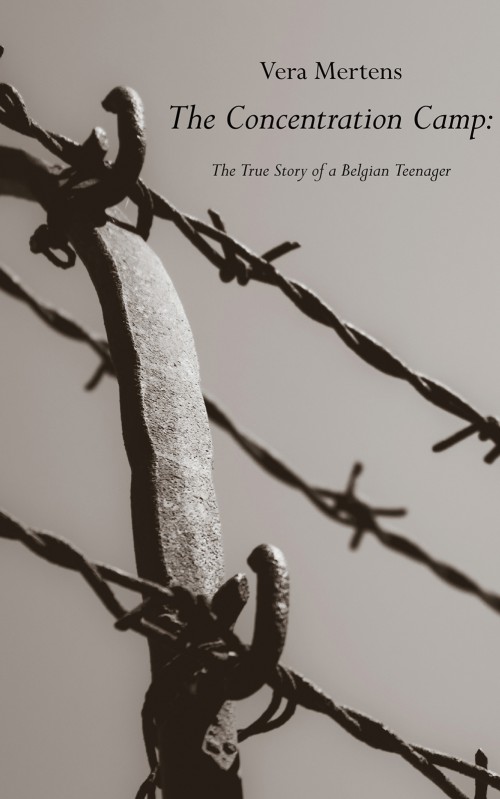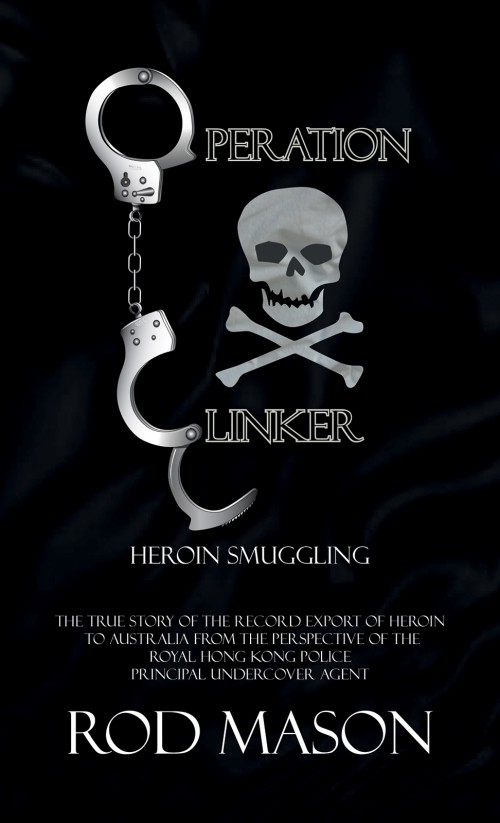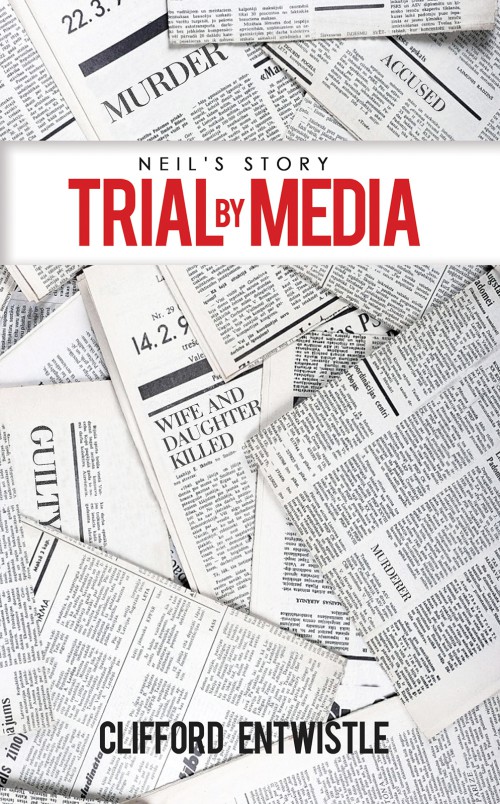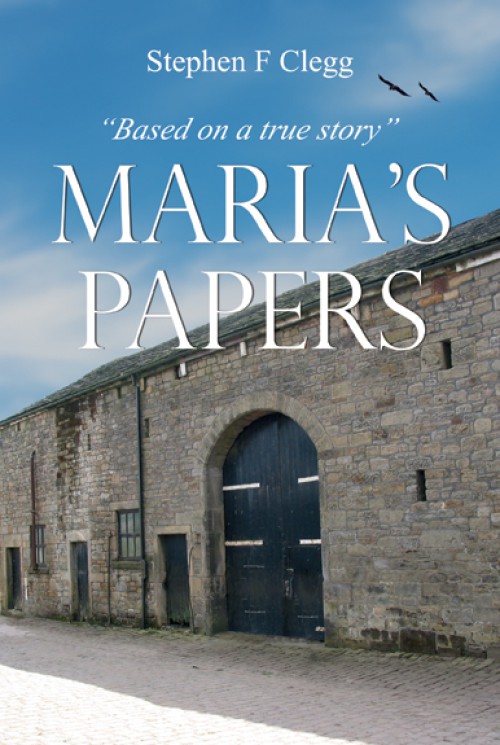Addiscombe Murderers 1749–2021
Addiscombe is a fairly quiet suburb of south London, although it has a history which is quite unique. Legend tells how Addiscombe was nothing more than a group of farms until 1808, when the East India Company bought the Addiscombe Estate from Henry Radcliffe for the princely sum of £15,500. “The Company”, once described as “the grandest society of merchants in the universe”, constructed a college on this land to train its officers before they were posted to all corners of the Orient. Although the college attempted to be self-sufficient, its presence did result in a minor influx of certain trades to service the cadets and their instructors. And so, the habitation of Addiscombe was born. However, it was not until the demise of “The Company” by its own hand and the subsequent closure of the college in 1861, plus the arrival of the railway in 1864, that Addiscombe began to bloom. The building of large “villas” on the site of the old college encouraged businessmen to move to what was then a rural environment and commute to the city of London. From that time onwards, Addiscombe has continued to fester into the urban sprawl that it is today.
These writings are an attempt to record the murders that have taken place within the area of Addiscombe and/or have been committed by residents of the same, between the middle of the eighteenth century and the end of the second decade of the current century. They have been gleaned mainly from newspaper articles and, in particular, from provincial organs which are more likely to be sympathetic to the local point of view rather than the often over-sensationalised reports found in columns of our national press. Wherever possible, the author has attempted to preserve the language, tone and grammar used by the original correspondents in a manner which reflects the attitudes and behaviour in use at the time the crime was committed.
After centuries of occupation by law-abiding citizens, today the streets of Addiscombe are home to the knife-wielding savages that typify the society to be found in twenty-first-century London suburbs.

